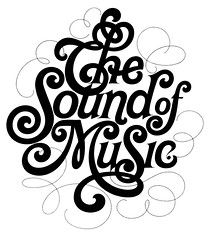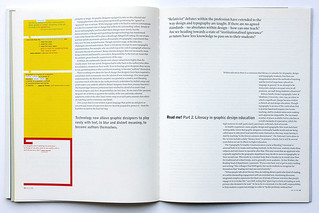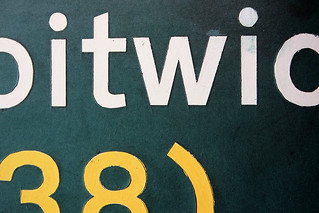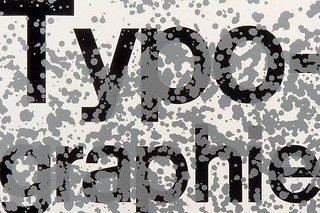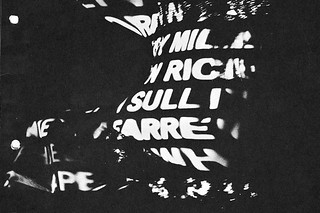Feature: Typography
Up close and tight
The legendary Herb Lubalin brought humour, sensuality and a contemporary flourish to complex typographic arrangements.
If the image of the text … has more value than its content …
With visual culture triumphant and content marginalised, how can typography be defined?
Face lift: new cuts at The Times
When technological developments at The Times demanded a change in the newspaper’s typography, a brand new typeface was commissioned, prompting a new analysis of the font’s long and complex history
Read me! Part 2. Literacy in graphic design education
‘Relativist’ debates within the profession have extended to the way design and typography are taught. If there are no agreed standards – no absolutes within design – how can one teach? Are we heading towards a state of ‘institutional ignorance’ as tutors have less knowledge to pass on to their students?
Read me! Part 1. Literacy in graphic design
Graphic designers are responsible for the communication of ideas through words, signs and pictures. Yet experimentation and new aesthetics cannot emerge without a thorough understanding of reading and writing: if we accept that language is important, we must be prepared to protect it
A design (to sign roads by)
As an exemplary rational design programme, the road signs of Jock Kinneir and Margaret Calvert demand careful study. Despite poor application, inconsistent additions and muddle over the past four decades, their robust, flexible system – with its humane typeface and quirky pictograms – still functions throughout the length and breadth of Britain
Reputations: Josef Müller-Brockmann
‘I would advise young people to look at everything they encounter in a critical light … Then I would urge them at all times to be self-critical.’
Max Bittrof: visual engineer
Max Bittrof was one of the leading German designers of the 1920s. Unlike many exponents of the New Typography, he was able to apply the aesthetic to a major commercial client
Reputations: Wolfgang Weingart
‘My work is like a quarry. People see a stone they like, appropriate it and work it until there’s nothing left.’ Eye talks to the father of New Wave typography.
BJ
Robert Brownjohn wanted to eliminate the boundaries between experience and design. In an explosively short career of remarkable promise, he pushed graphics, advertising and film to their conceptual limits

